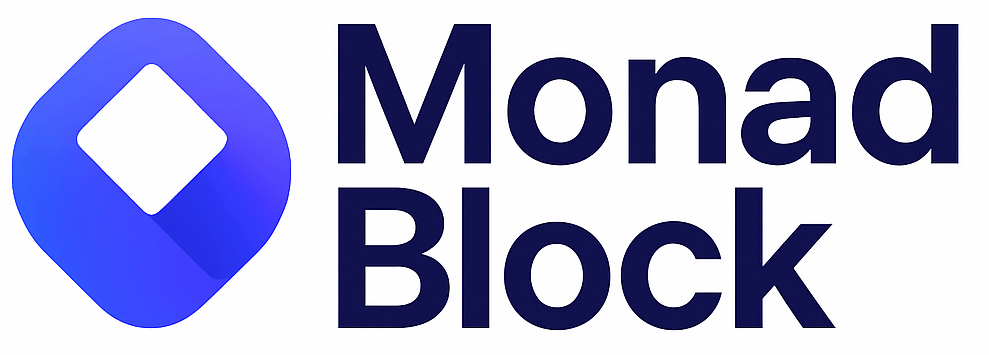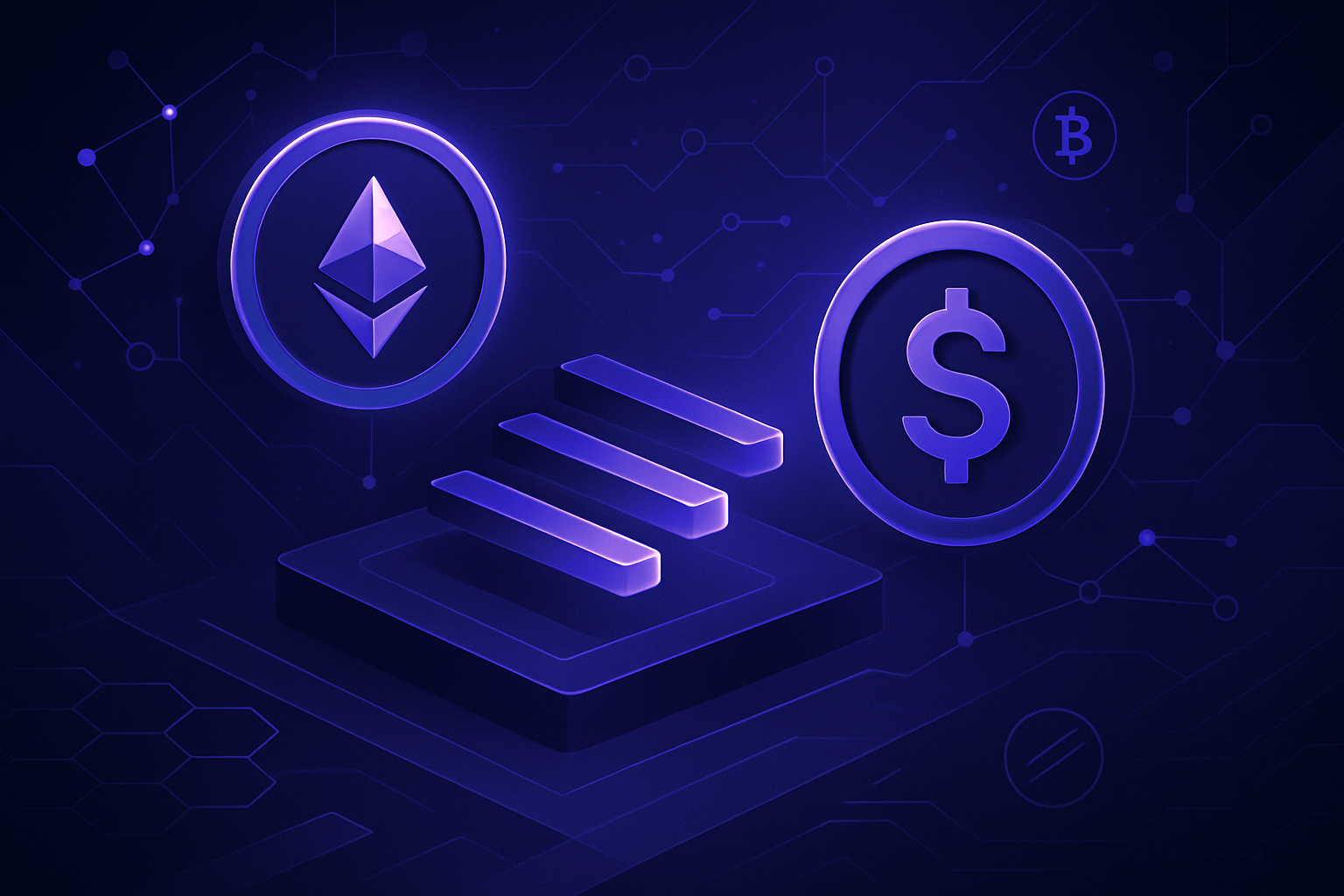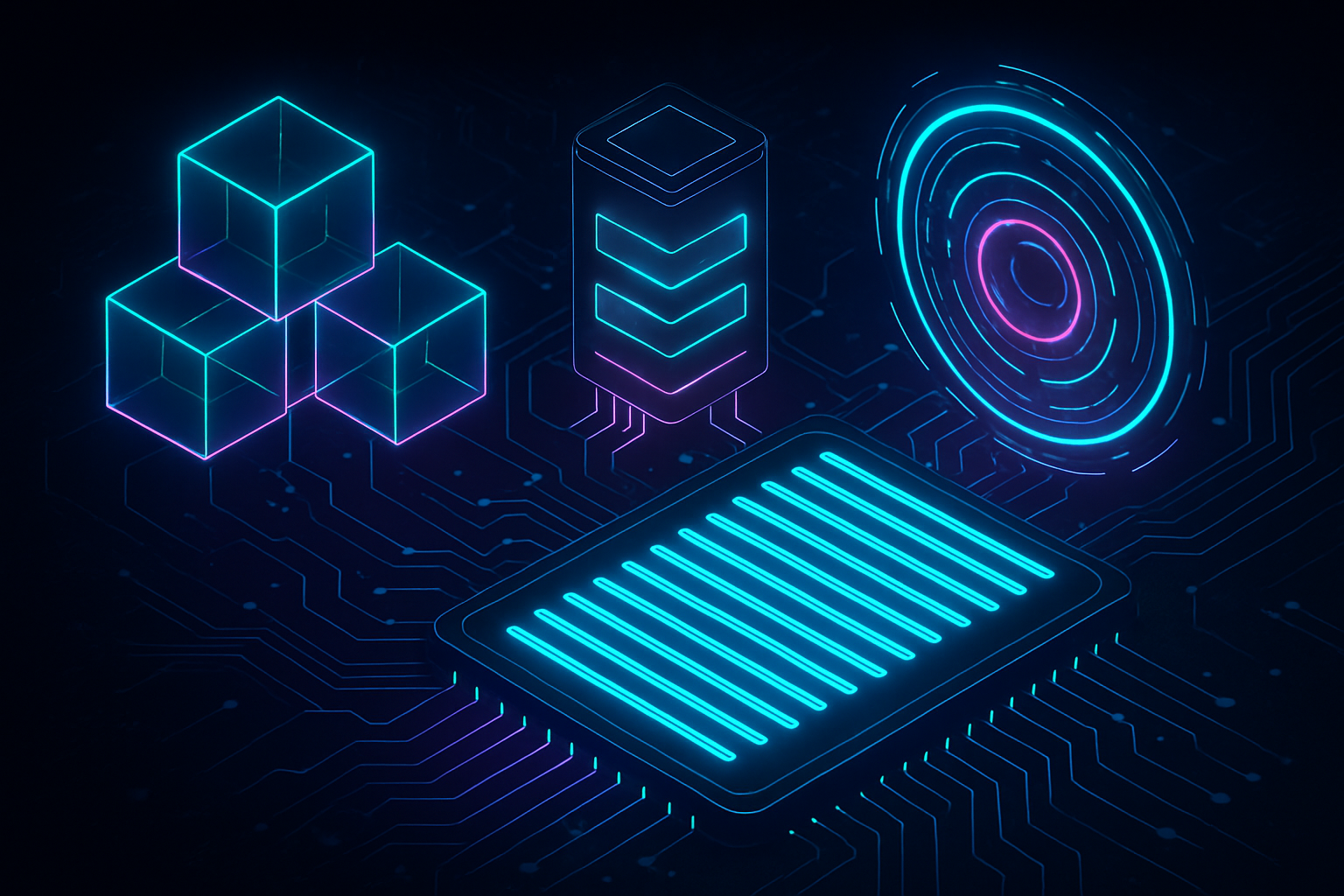
When you hear claims about 10,000 transactions per second (TPS) on an EVM-compatible chain, your first instinct is probably skepticism. But Monad isn’t vaporware or a marketing mirage – it’s a technical juggernaut that’s actually delivering on the promise of high-throughput, low-latency blockchain infrastructure. So how does Monad pull off what legacy EVM chains can only dream about? Let’s break down the architecture and builder insights that make Monad’s parallel EVM engine a game-changer.
Why Sequential EVM Can’t Scale – And How Monad Breaks the Mold
Traditional Ethereum and most EVM-compatible chains process transactions sequentially. That means each transaction waits in line for the previous one to finish, creating a bottleneck and capping throughput. Even with hardware upgrades and clever optimizations, you’re still fundamentally limited by this single-threaded execution model.
Monad flips this on its head with a parallel execution engine. Instead of forcing every transaction through one lane, Monad analyzes dependencies between transactions to identify which ones can be executed simultaneously across multiple CPU cores. The result? Massive throughput gains without sacrificing Ethereum compatibility or composability.

This isn’t just theoretical. Monad’s architecture supports up to 10,000 TPS with one-second block times and single-slot finality – all while keeping hardware requirements manageable for node operators (source). The secret sauce is in how independent transactions are batched and processed in parallel, then merged back into a canonical chain order so that dApps see consistent results.
The Core Innovations: Parallelism, Pipelining, and Optimized State Access
Diving deeper into the stack, three architectural breakthroughs underpin Monad’s performance:
Monad’s Breakthrough Innovations for 10,000 TPS
-
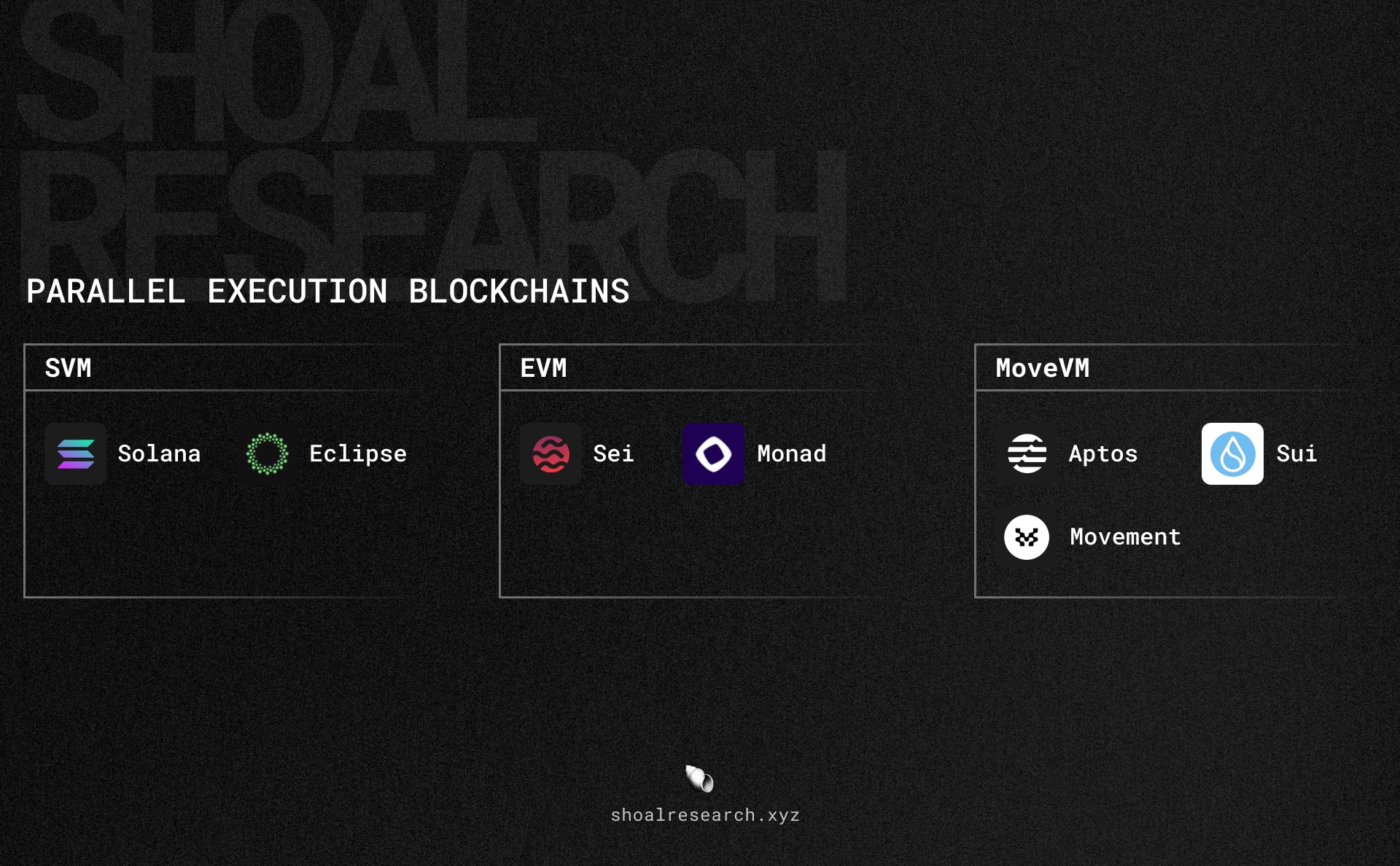
Parallel Execution Engine: Monad’s core innovation is its parallel execution engine, which identifies independent transactions and processes them simultaneously across multiple CPU cores. This massively boosts throughput compared to traditional sequential EVM chains.
-
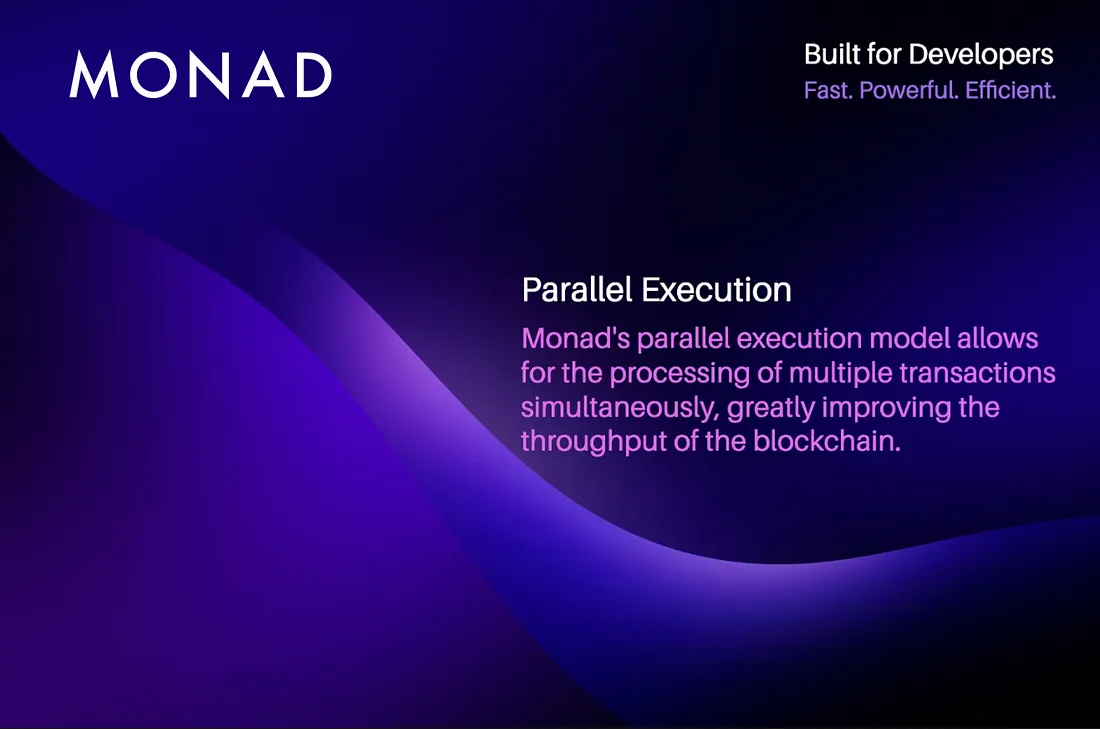
MonadBFT Consensus Mechanism: Monad utilizes MonadBFT, a Byzantine Fault Tolerant protocol derived from HotStuff. Its two-stage, optimistic consensus reduces communication overhead, allowing for rapid, single-slot finality and high transaction speeds.
-
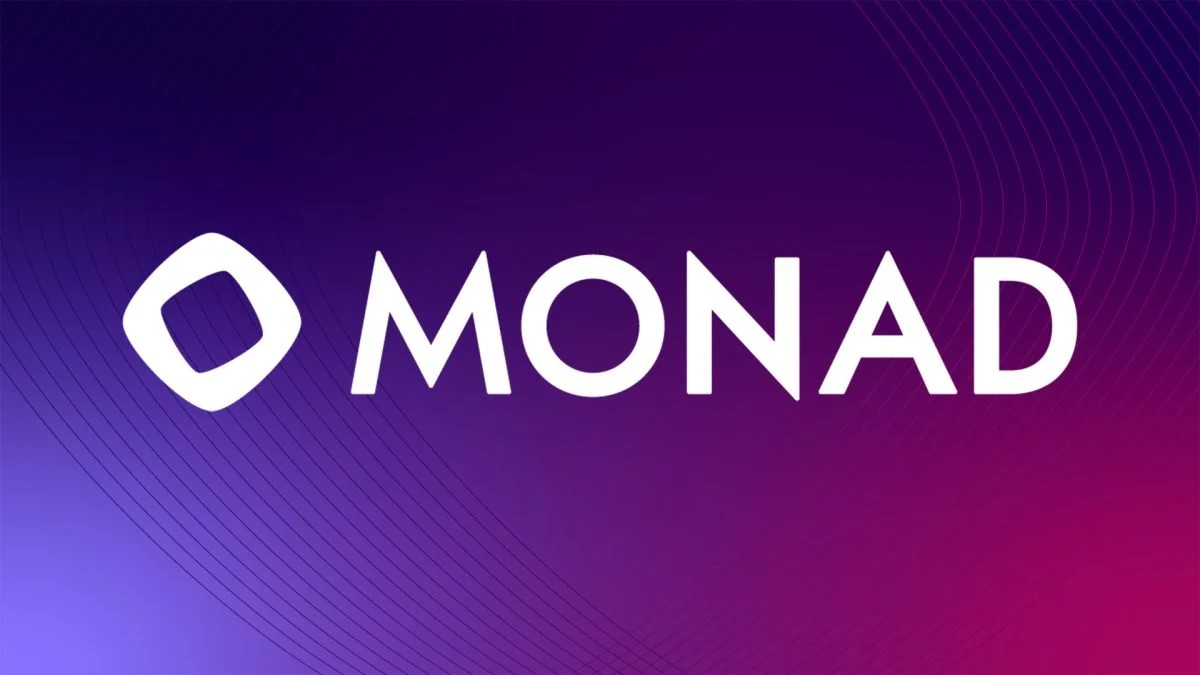
MonadDB: Optimized State Access: The custom MonadDB database is engineered for parallelism and random state access, minimizing memory use and accelerating data retrieval—key for sustaining high TPS and low latency.
-
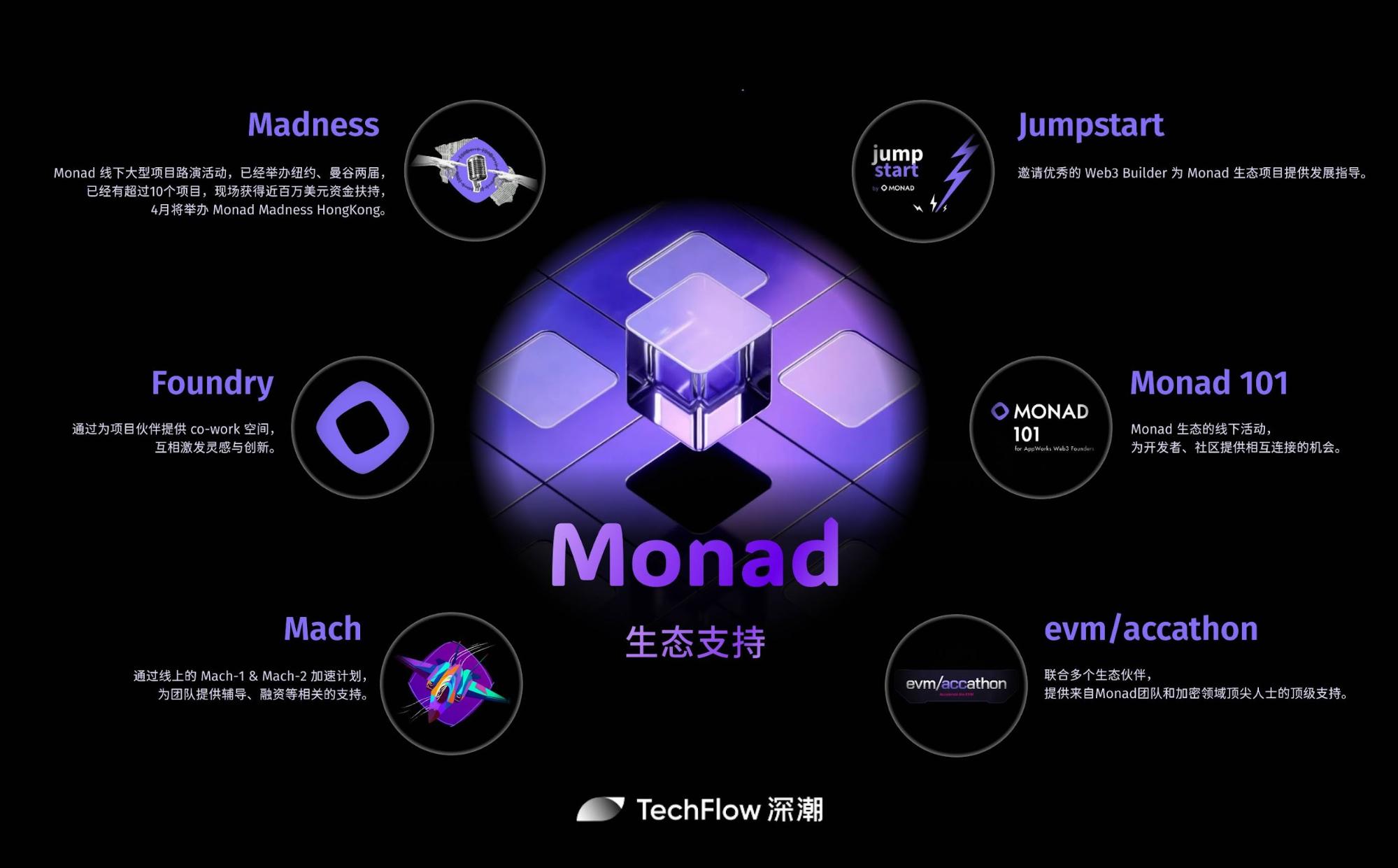
Asynchronous Execution and Pipelining: By decoupling consensus from execution, Monad enables asynchronous processing and pipelining. This lets the network agree on transaction order before execution, slashing latency and boosting throughput.
-

Full EVM Compatibility: Monad maintains seamless compatibility with EVM bytecode and Ethereum’s RPC API, so developers can deploy existing Ethereum apps on Monad without changes—unlocking performance gains with zero migration hassle.
1. Parallel Execution Engine: Monad identifies non-conflicting transactions using dependency graphs. These are distributed across multiple threads/cores for simultaneous execution – unleashing the full power of modern CPUs.
2. Asynchronous Pipelining: Consensus (ordering) is decoupled from execution. Blocks are agreed upon before they’re executed, allowing pipelined processing that slashes latency.
3. MonadDB: A custom-built database optimized for random state access and parallel reads/writes keeps data retrieval lightning-fast and reduces memory bloat.
This trifecta lets builders deploy complex DeFi protocols or NFT platforms without sweating congestion or gas spikes. And because Monad is fully EVM-compatible, you don’t need to rewrite smart contracts or learn new tooling – just bring your Solidity code over and watch it fly.
Pipelined Consensus: The Secret Weapon for Sub-Second Finality
If you want real-world dApps to feel as snappy as Web2 apps, you need sub-second finality – not just high TPS. That’s where MonadBFT, their custom Byzantine Fault Tolerant consensus protocol derived from HotStuff, comes into play (source). With linear communication overhead in common cases and optimistic responsiveness, blocks reach consensus fast while keeping network chatter efficient.
This separation of consensus from execution (aka pipelining) means nodes can agree on transaction order before they even start executing them – maximizing throughput while minimizing wait times for users and dApps alike.
Beneath the Hood: Builder Insights and Developer Experience
If you’re building on Ethereum today but running into scaling walls or unpredictable fees, Monad feels refreshingly familiar yet supercharged. The RPC API matches Ethereum’s standard endpoints; Solidity contracts run out-of-the-box; even MetaMask plays nice.
The difference? Your users get instant feedback thanks to sub-second finality and low-latency state updates. Gas markets stay calm even during peak demand because parallelization absorbs surges gracefully (source). For builders who crave performance but refuse to compromise on decentralization or composability, this is the holy grail.
What’s more, Monad’s architecture doesn’t force you to choose between speed and security. Thanks to MonadDB and the chain’s pipelined consensus, even resource-constrained node operators can keep up with the network without breaking the bank on hardware. This keeps decentralization healthy and makes it easier for new validators to participate. The end result? A robust, high-throughput ecosystem that doesn’t sacrifice trustlessness for performance.
Real-World Impact: What Monad’s Parallel EVM Means for DeFi, NFTs, and Beyond
The implications for builders are huge. Imagine launching a DeFi protocol or NFT marketplace where gas spikes and mempool congestion are relics of the past. With Monad’s 10,000 TPS capacity and sub-second block times, your dApp can handle flash crowds, complex on-chain games, or massive airdrops without breaking a sweat. That opens the door to entirely new user experiences, think real-time trading, instant settlements, or scalable on-chain social platforms, all running on familiar Ethereum tooling.
And because Monad is EVM-compatible at the bytecode level, there’s no migration headache. You can port existing contracts or deploy new ones using your favorite frameworks and libraries. For DAOs, DeFi teams, and NFT studios looking to scale without rewriting their stack or sacrificing composability with other Ethereum-based protocols, Monad is a tactical upgrade, not a risky leap.
If you’re still skeptical about Monad’s throughput claims or worried about edge-case performance drops during network peaks, don’t take my word for it. The best way to see what this architecture can do is by digging into live benchmarks and community feedback from early builders.
Getting Tactical: Builder Guide to Maximizing Throughput on Monad
Ready to squeeze every drop of performance out of this beast? Here are some actionable tips:
Tactical Tips for Optimizing on Monad
-
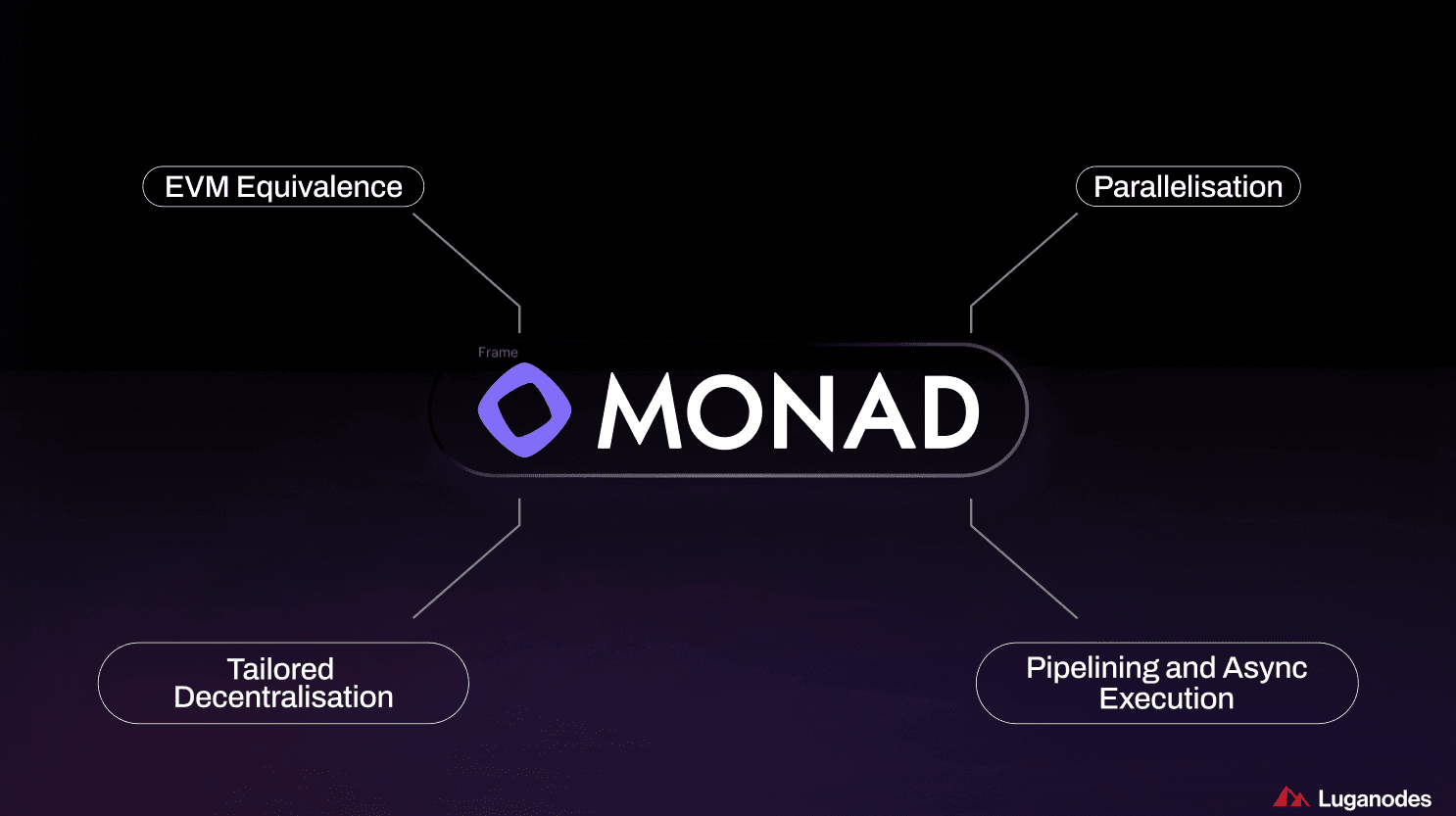
Leverage Parallel Execution: Structure your smart contracts to minimize shared state and avoid unnecessary dependencies. This lets Monad’s parallel engine process more transactions simultaneously, maximizing throughput.
-
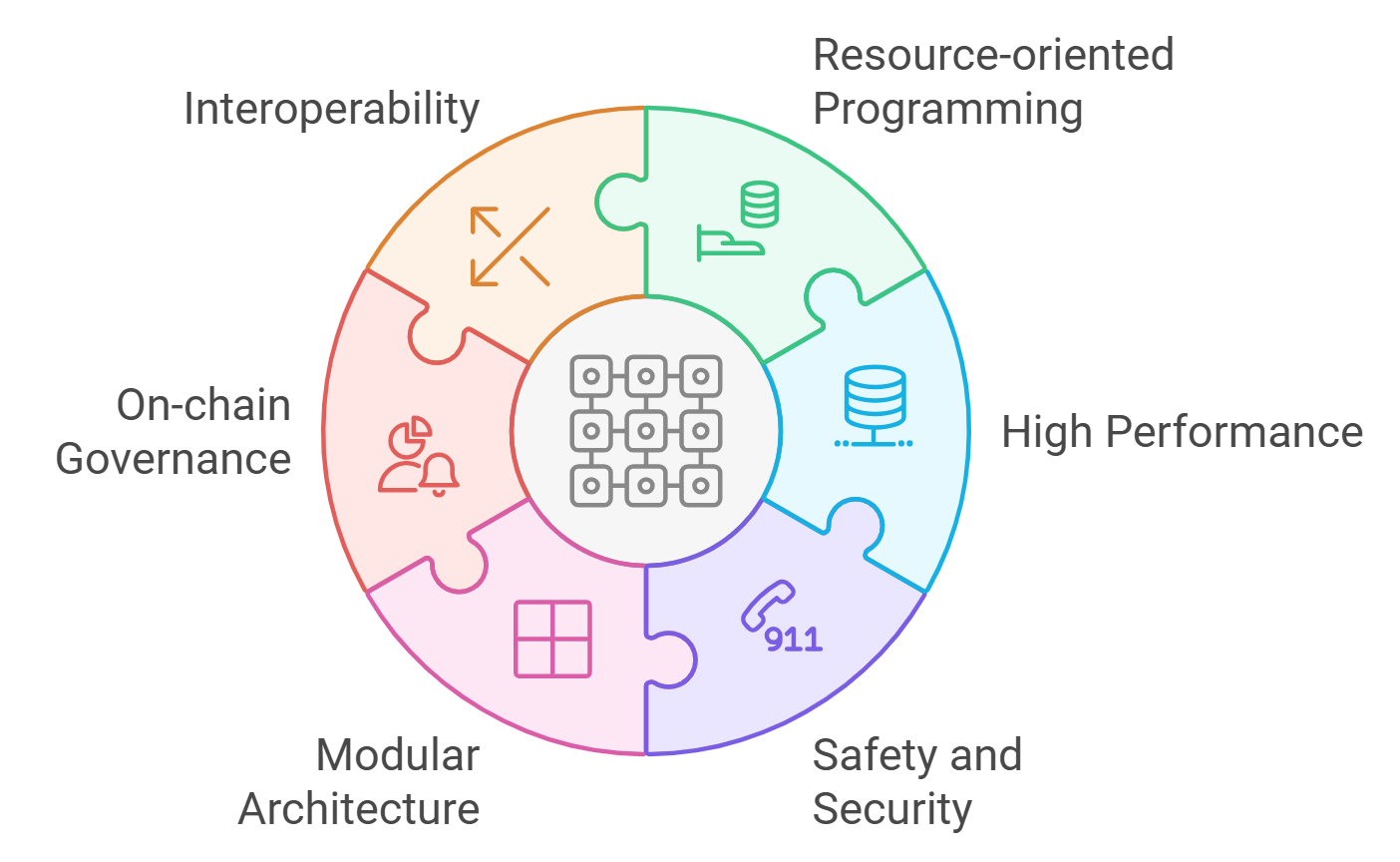
Design Stateless Functions Where Possible: Stateless contract calls are easier for Monad’s engine to parallelize. Refactor logic to reduce reliance on contract storage when feasible.
-
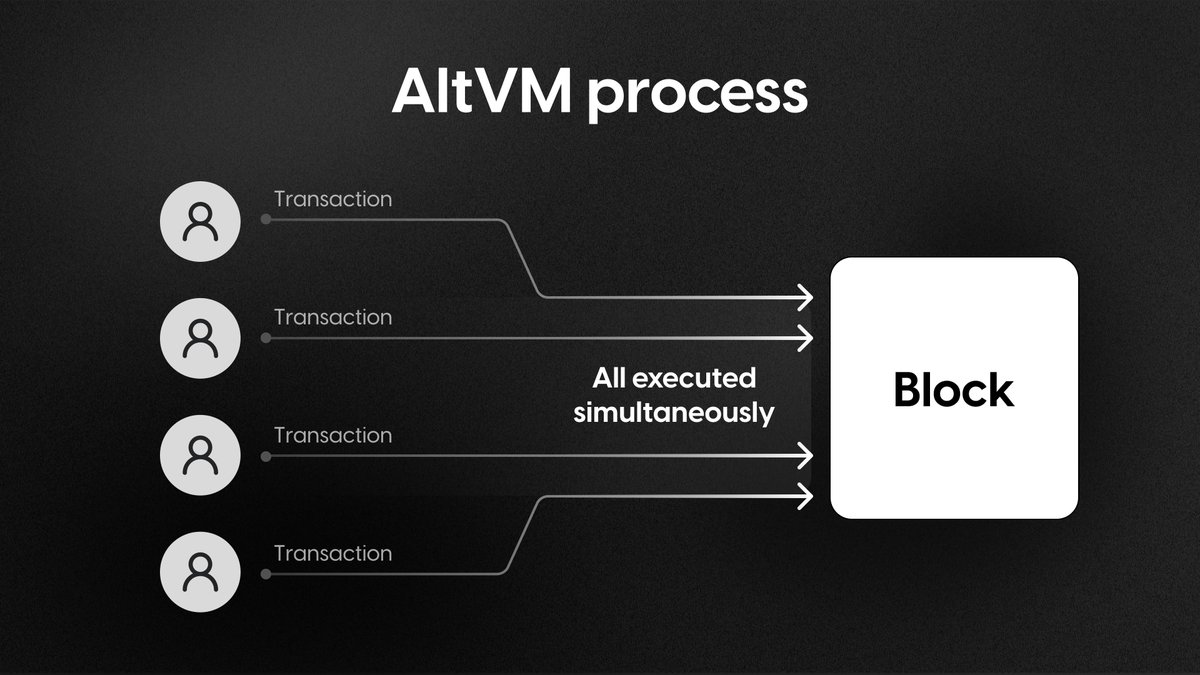
Batch Transactions for Efficiency: Grouping independent operations into a single transaction or batch can reduce overhead and take full advantage of Monad’s high TPS and low latency.
-
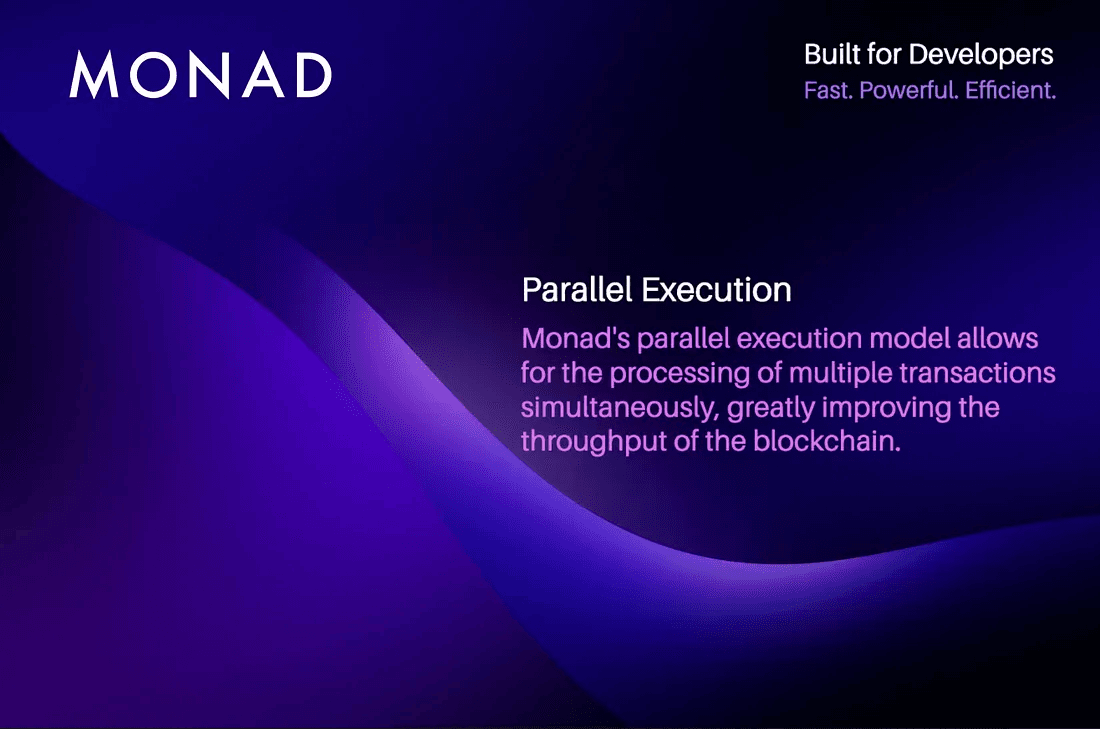
Utilize MonadDB’s Fast State Access: Optimize contract data structures for random access patterns to benefit from MonadDB’s high-speed state retrieval, reducing execution delays.
-

Take Advantage of EVM Compatibility: Deploy existing Ethereum dApps on Monad with minimal changes. Use familiar Ethereum development tools like Hardhat and Remix for rapid iteration and deployment.
-
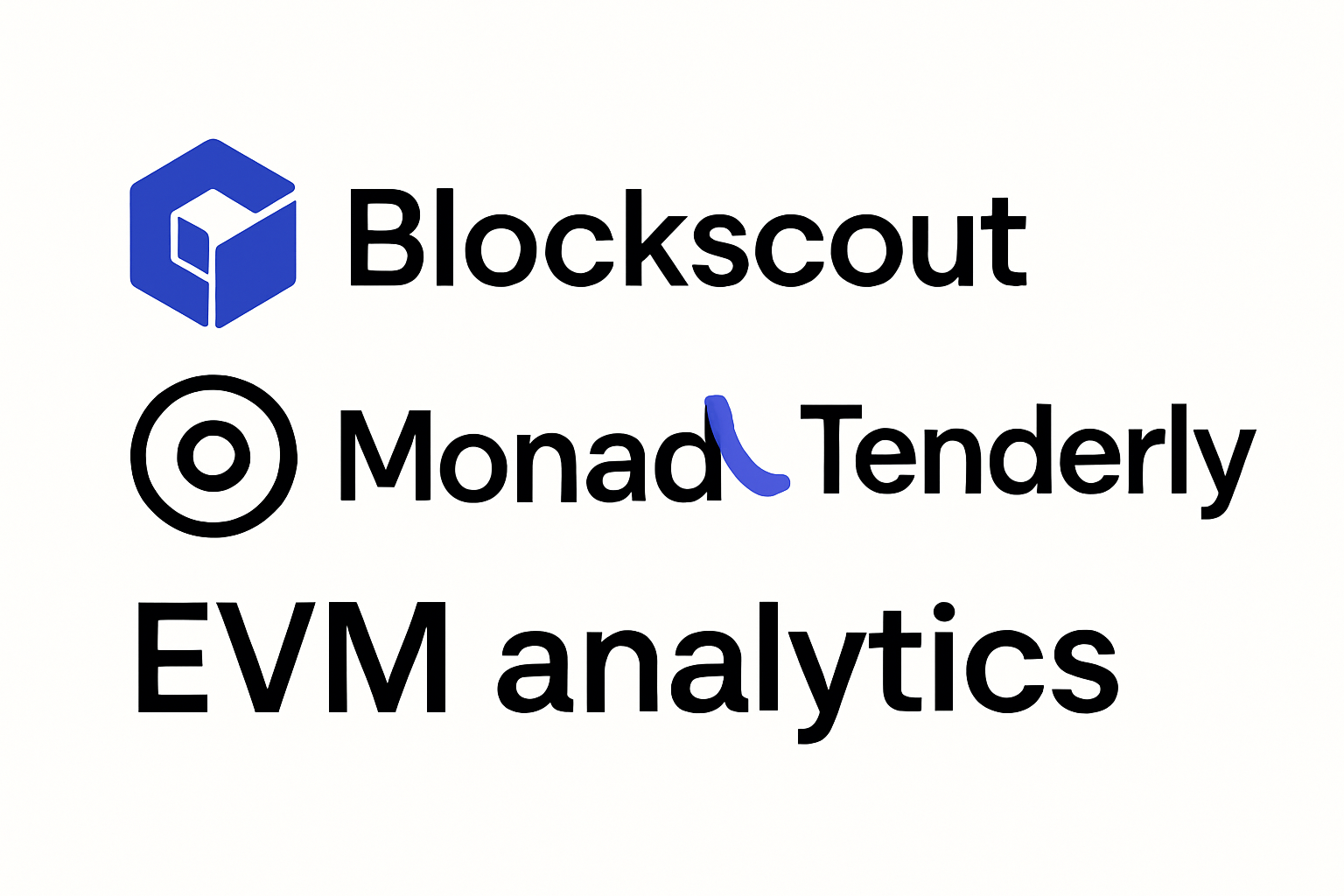
Monitor and Profile Performance: Use analytics platforms such as Blockscout or Tenderly to identify bottlenecks in your contracts and optimize for Monad’s architecture.
-
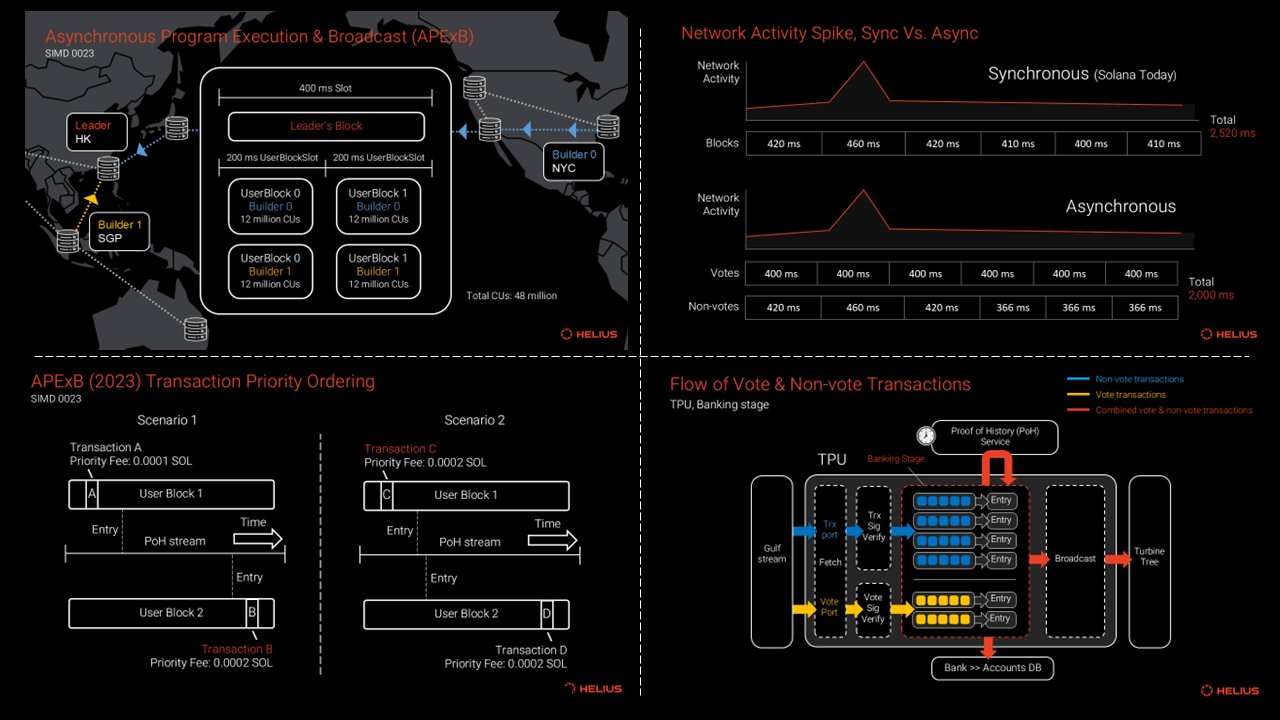
Separate Consensus-Dependent Logic: Since Monad decouples consensus and execution, design workflows to minimize contract logic that depends on immediate consensus, reducing latency and improving user experience.
- Design stateless contracts where possible: Stateless logic unlocks maximum parallelism since independent transactions won’t compete for state access.
- Batch similar txs: Grouping transactions with minimal cross-dependencies lets you ride Monad’s parallel execution engine at full throttle.
- Monitor hot spots: Use analytics tools to spot contract bottlenecks that could limit concurrency, then refactor as needed.
- Avoid unnecessary storage writes: Leaner state updates mean less I/O contention in MonadDB, and lower gas costs overall.
The bottom line? If you’ve been waiting for an Ethereum-compatible chain that feels like Web2 in terms of speed but keeps all the best parts of decentralization intact, Monad is your playground. Whether you’re building high-frequency DEXs or next-gen gaming platforms, this architecture gives you room to innovate without trade-offs.
If you want to go deeper into how Monad achieves these numbers (or want hands-on guidance), check out their technical docs and community resources at Monad.xyz. And if you’re ready to deploy your first Solidity contract on a true high-performance chain? Now’s the time, the future of EVM scaling just got real.
